Visiting Kyoto offers an enchanting journey through time and culture, unlike any other city in Japan. With its blend of historical temples, serene gardens, and rich cultural heritage, Kyoto promises experiences that will leave you utterly speechless. In this comprehensive how-to guide, we will explore the best things to do in Kyoto, from navigating the charming streets between Kyoto and Osaka to savoring the city’s unique culinary delights. Additionally, you’ll discover how to make the most of your trip with scenic day trips from Kyoto to Tokyo. Whether you’re a history buff, a nature lover, or a culinary enthusiast, this guide will help you immerse yourself deeply in everything Kyoto has to offer. Let’s dive into the must-see highlights that will make your visit unforgettable.
Win a Free Trip to Japan!
Experience cherry blossoms and ancient temples
Exploring the Historical Temples of Kyoto
Things to do in Kyoto are never complete without a journey through its historical temples, which stand as testaments to the city’s rich spiritual and cultural history. Here’s a guide to help you explore these magnificent structures, offering a serene and enlightening experience.
Kyoto is home to over 1,600 temples, and while visiting all of them might be a colossal task, a few stand out for their historical significance, architectural beauty, and cultural importance. Below, we’ll take a closer look at some must-visit temples and provide practical insights on how to explore them.
Must-Visit Temples
Kinkaku-ji (The Golden Pavilion)
- Description: A Zen Buddhist temple famous for its stunning golden exterior set against a picturesque pond.
- How to Get There: Located in northern Kyoto, it’s accessible by bus or taxi from Kyoto Station.
- Best Time to Visit: Early mornings to avoid crowds, especially during autumn for the vibrant foliage.
Kiyomizu-dera Temple
- Description: Known for its wooden stage that juts out from the main hall, offering breathtaking views of cherry blossoms and maple trees in season.
- How to Get There: Situated in eastern Kyoto, reachable via bus or a 20-minute walk from Kiyomizu-Gojo Station.
- Best Time to Visit: Spring and autumn are ideal, though the temple also hosts an enchanting night illumination.
Fushimi Inari Taisha
- Description: Famous for its thousands of vermilion torii gates forming pathways through the wooded forest of Mount Inari.
- How to Get There: Located in southern Kyoto, accessible via a short train ride from Kyoto Station to Inari Station.
- Best Time to Visit: Early morning or late afternoon to avoid the midday tourist rush.
Temple Insights Table
| Temple Name | Description | Location | Best Time to Visit |
|---|---|---|---|
| Kinkaku-ji | Golden Pavilion with scenic pond | Northern Kyoto | Early morning, autumn |
| Kiyomizu-dera | Wooden stage, scenic views | Eastern Kyoto | Spring, autumn, night time |
| Fushimi Inari Taisha | Thousand torii gates, forest path | Southern Kyoto | Early morning, late afternoon |
Practical Tips for Temple Visits
- Dress Code: Dress modestly as a sign of respect. Long sleeves and trousers/skirts are recommended.
- Shoes: Comfortable shoes are a must as you’ll be doing a lot of walking. Many temples require you to remove your shoes before entering the main halls.
- Photography: Respect signage about photography restrictions. Some areas may prohibit photography to preserve the sanctity of the place.
- Quietude: Maintain a respectful silence and avoid loud conversations to ensure a peaceful experience for everyone.
Suggested Itinerary
Start your temple exploration with an early morning visit to Fushimi Inari Taisha to enjoy a tranquil walk through the torii gates. Follow up with a mid-morning visit to Kiyomizu-dera, and perhaps take a leisurely lunch break at one of the traditional eateries along the way. Conclude your day with an afternoon visit to Kinkaku-ji, marveling at its golden splendor as the sun begins its descent.
By following this guide, you’ll be able to appreciate the unique charm and spiritual ambiance of Kyoto’s historical temples. Remember to take your time, immerse yourself in the serene beauty, and discover why these temples are integral to the treasure trove of things to do in Kyoto.
Navigating from Kyoto to Osaka: A Comprehensive Guide
Things to do in Kyoto, from visiting its spectacular temples to exploring its serene gardens, are truly myriad. However, a trip to Osaka, the vibrant neighbor just a short distance away, can add another unforgettable layer to your journey through Japan. In this section, we will navigate you through the various transport options from Kyoto to Osaka, ensuring a smooth and enjoyable transition.
Travel Options: By Train
The train is the most popular and efficient way to travel between Kyoto and Osaka. With multiple lines connecting these two bustling cities, you will have a range of options to choose from.
1. Shinkansen (Bullet Train)
The Shinkansen offers the fastest travel between Kyoto and Osaka, taking about 15 minutes from Kyoto Station to Shin-Osaka Station. Below is a quick comparison of the different types of Shinkansen services available:
| Service Type | Duration | Cost | Frequency |
|---|---|---|---|
| Nozomi | 15 mins | Approx. ¥1,420 | Frequent |
| Hikari | 15 mins | Approx. ¥1,420 | Frequent |
| Kodama | 30 mins | Approx. ¥1,420 | Less Frequent |
2. JR Special Rapid Service
For a budget-friendly option, the JR Special Rapid Service is a great choice. It takes around 30 minutes and costs approximately ¥560. This train runs frequently and can be boarded from either Kyoto Station or Osaka Station.
3. Hankyu Railway
The Hankyu Railway is another economical option. This local rail line connects Kyoto’s Kawaramachi Station to Osaka’s Umeda Station in about 45 minutes, with a fare of approximately ¥400. While slightly slower, it offers the advantage of direct access to the bustling Umeda district.
Travel Options: By Bus
If you prefer traveling by bus, there are several options to consider. Although they take longer than trains, buses can provide a more relaxed experience and scenic view of the Japanese countryside.
1. Willer Express
Willer Express operates several routes between Kyoto and Osaka, with travel times around 1.5 hours. The cost is approximately ¥1,000 to ¥1,500. These buses are known for their comfort and affordability.
2. Hankyu Bus
Operating between Kyoto Station and Osaka’s Hankyu Umeda Station, the Hankyu Bus route takes about 1 hour and 10 minutes and costs around ¥1,000. It’s a reliable alternative with frequent services.
Travel Options: By Car
For those who prefer the freedom of driving, hiring a car can be a feasible option. The distance between Kyoto and Osaka is about 50 kilometers, and the drive typically takes around 1 hour.
Key considerations for driving:
- Toll Costs: Expect to pay toll fees which can add up to ¥1,000 one-way.
- Parking: Finding parking in Osaka may be challenging and could be expensive.
- Navigation: Utilizing GPS or a navigation app is highly recommended due to intricate city roads.
Additional Tips
- Planning: Ensure you check the latest schedules and fares on official transportation websites as they can vary.
- IC Cards: Consider using an IC card like Suica or ICOCA for seamless travel across multiple transport modes.
- Timeliness: Japanese trains are known for their punctuality, so be sure to arrive at the stations on time.
Navigating from Kyoto to Osaka can be incredibly straightforward with the multitude of options available. Whether you opt for the speed of the Shinkansen, the affordability of the JR or Hankyu lines, the leisurely pace of a bus ride, or the convenience of driving, your journey will be as memorable as your destinations in both cities.
Experience the Tranquility of Kyoto’s Gardens
Things to do in Kyoto often revolve around exploring its serene gardens, which serve as tranquil oases amidst the city’s historical and bustling backdrop. Here’s how you can experience the best of Kyoto’s gardens:
Must-Visit Gardens in Kyoto
- Kinkaku-ji (The Golden Pavilion Garden): The iconic Golden Pavilion is not only a national treasure but also boasts one of the most meticulously designed gardens in Japan. Reflecting in the mirror-like Kyoko-chi pond, this garden offers an unparalleled sense of peace.
- Ginkaku-ji (The Silver Pavilion Garden): Although the Silver Pavilion itself is unassuming, the Zen garden here is a masterpiece. Enjoy strolling through the moss garden and the sand garden, which features the “Sea of Silver Sand” and the “Moon Viewing Platform.”
- Ryoan-ji Rock Garden: Famous for its enigmatic rock garden, Ryoan-ji offers visitors a place to reflect amidst a simple yet profound arrangement of rocks set in a bed of white gravel.
- Shosei-en Garden: Located near Kyoto Station, Shosei-en is less crowded and offers a picturesque stroll with beautifully designed landscapes, bridges, and seasonal flowers.
Step-by-Step Guide to a Relaxing Garden Visit
- Plan Ahead: Research the best times to visit each garden. Early mornings or weekdays typically offer a more peaceful experience with fewer visitors.
- Respect the Space: Remember that many of these gardens are places of contemplation and spiritual reflection. Maintain a low voice, avoid touching the plants, and follow any posted guidelines.
- Capture the Moment: While it’s tempting to snap pictures constantly, take some time to enjoy the gardens without distractions. Find a quiet bench, sit down, and absorb the surroundings.
Kyoto Gardens Comparison Table
| Garden | Key Features | Best Time to Visit | Entrance Fee |
|---|---|---|---|
| Kinkaku-ji | Golden Pavilion, reflective pond | Early Morning | ¥400 |
| Ginkaku-ji | Zen garden, moss garden, sand garden | Afternoon | ¥500 |
| Ryoan-ji | Zen rock garden | Late Morning | ¥500 |
| Shosei-en | Bridges, seasonal flowers, less crowded | Early Morning or Evening | ¥500 |
“Being surrounded by the natural beauty and intricate design of Kyoto’s gardens can be a meditative experience. The balance and harmony in these landscapes are a testament to centuries of Japanese gardening tradition.”
Tips for Maximizing Your Garden Visits
- Dress Comfortably: Wear appropriate footwear as you will be walking a lot. Gardens can be expansive and may involve navigating gravel paths.
- Stay Hydrated: Carry a water bottle, especially if you’re visiting in the summer months. Many gardens have vending machines or rest areas where you can refill.
- Mind the Seasons: Each garden in Kyoto has its own charm throughout the year. Spring offers cherry blossoms, summer’s lush greenery, autumn’s vibrant foliage, and winter’s serene, snow-kissed landscapes.
By following these tips and fully immersing yourself in the natural splendor of Kyoto’s gardens, you’ll not only appreciate their beauty but also gain a deeper understanding of the cultural and historical significance they hold. A visit to these tranquil spots is a journey into the heart of Japanese aesthetics and philosophy.
Savor Kyoto’s Culinary Delights
Things to do in Kyoto would not be complete without indulging in its rich and diverse culinary scene. Kyoto is a haven for foodies, offering a unique blend of traditional Japanese cuisine with local flavors that are sure to leave you enchanted. Here’s how to make the most of Kyoto’s culinary offerings:
Traditional Kyoto Cuisine Must-Try’s
Kaiseki (懐石) Cuisine
- Description: Kaiseki is the epitome of Japanese haute cuisine. This multi-course meal is a culinary journey that showcases seasonal ingredients through a meticulously crafted menu.
- Where to Try: Restaurants such as Gion Nishikawa and Kichisen provide an authentic kaiseki experience.
Yudofu (湯豆腐)
- Description: Simple yet flavorful, Yudofu is boiled tofu served with dipping sauces. It’s particularly enjoyed during the colder months.
- Where to Try: Nanzenji Yachiyo and Okutan Nanzenji are renowned for their Yudofu dishes.
Shojin Ryori (精進料理)
- Description: This is traditional Buddhist vegetarian cuisine, focusing on simple, nourishing, and beautifully presented dishes.
- Where to Try: Shigetsu in the Tenryuji Temple complex offers a serene environment to enjoy Shojin Ryori.
Must-Visit Spots for Food Lovers
Nishiki Market (錦市場)
- Description: Known as “Kyoto’s Kitchen,” this market stretches five blocks and is filled with fresh produce, seafood, sweets, and unique local delicacies.
- Tips: Sample specialty items like fresh sashimi, tamagoyaki (Japanese omelette), and the famous Kyoto pickles.
Pontocho Alley (先斗町)
- Description: A historic dining district beside the Kamogawa River, perfect for experiencing both traditional and modern Kyoto cuisine.
- Tips: In the summer, try dining on one of the overhanging platforms called “noryoyuka” with a view of the river.
Trying Local Sweets
Yatsuhashi (八ツ橋)
- Description: One of Kyoto’s most famous sweets, it comes in a variety of flavors and can be found both raw (nama yatsuhashi) and baked.
- Where to Buy: Shogoin Yatsuhashi Sohonten and Izutsu Yatsuhashi offer these traditional treats.
Matcha (抹茶) Delicacies
- Description: Kyoto is the heart of Japan’s tea culture; enjoying matcha-based sweets, like matcha ice cream and confectioneries, is a must.
- Where to Try: Tsujiri in Gion and Ippodo Tea Company are excellent stops for matcha lovers.
Sample Paragprah with Key Points Table
To make your experience even more enjoyable, here is a summary table for quick reference:
| Dish/Experience | Description | Recommended Places |
|---|---|---|
| Kaiseki | Multi-course haute cuisine with seasonal ingredients | Gion Nishikawa, Kichisen |
| Yudofu | Boiled tofu with dipping sauces, perfect for colder months | Nanzenji Yachiyo, Okutan Nanzenji |
| Shojin Ryori | Buddhist vegetarian cuisine, focusing on simplicity and nourishment | Shigetsu at Tenryuji Temple |
| Nishiki Market | A bustling market known as “Kyoto’s Kitchen” offering fresh produce, seafood, and local delicacies | Nishiki Market |
| Pontocho Alley | A historic dining district along the Kamogawa River with traditional and modern dining options | Pontocho Alley |
| Yatsuhashi | Famous Kyoto sweets available in raw and baked forms | Shogoin Yatsuhashi Sohonten, Izutsu Yatsuhashi |
| Matcha Delicacies | Various sweets made from the renowned green tea powder | Tsujiri, Ippodo Tea Company |
By following this guide, you’ll ensure that you savor the very best that Kyoto’s culinary scene has to offer, making your visit both memorable and delectable. Enjoying the city’s traditional dishes, exploring bustling markets, and indulging in unique sweets are quintessential experiences that will tantalize your taste buds and leave you craving for more.
Discover Kyoto’s Rich Cultural Heritage
Things to do in Kyoto are abundant, yet diving deep into its rich cultural heritage stands out as one of the most rewarding experiences. Kyoto, often referred to as Japan’s cultural capital, offers myriad opportunities to immerse oneself in traditional Japanese culture, from participating in tea ceremonies to exploring ancient crafts. As you plan your visit, here is how you can make the most of Kyoto’s cultural treasures.
Participating in a Traditional Tea Ceremony
One of the most symbolic experiences in Kyoto is participating in a traditional Japanese tea ceremony, known as “sado” or “chanoyu.” This ceremonial art, deeply rooted in Zen Buddhism, focuses on the preparation and consumption of matcha, a powdered green tea. Tea houses such as En, located in the serene Higashiyama district, offer authentic tea ceremonies where you can not only savor the tea but also learn about the meticulous practices that make this ritual so unique.
Exploring Nishijin Textile Center
For an insight into Kyoto’s luxurious textile craftsmanship, a visit to the Nishijin Textile Center is essential. Here, you can observe the intricate process of weaving obis (sashes worn with kimonos) and see stunning exhibits of traditional costumes. This center also offers hands-on experiences where you can try weaving or dress up in a kimono.
Visiting Craft Workshops
Kyoto is renowned for its traditional crafts, collectively referred to as “Kyo-mono.” To fully appreciate these crafts:
- Kiyomizu Pottery: Located near Kiyomizu Temple, many workshops here host pottery classes where you can create your own ceramics.
- Kyoto Cloisonné (Shippo): Discover the delicate art of enameling and even participate in a workshop to make your own cloisonné piece.
[Table] Cultural Activities and Locations
| Activity | Description | Location |
|---|---|---|
| Traditional Tea Ceremony | Learn and partake in a tea ceremony | En, Higashiyama |
| Textile Weaving | Observe textile weaving and try it yourself | Nishijin Textile Center |
| Kiyomizu Pottery Workshop | Make your own ceramics in traditional style | Near Kiyomizu Temple |
| Kyoto Cloisonné Workshop | Participate in enamel craft making | Various workshops |
Engaging in Gion Corner’s Performances
To witness a variety of traditional performing arts, head to Gion Corner. This theatre showcases multiple forms of Japanese performances, such as:
- Kyogen (comic theatre)
- Gagaku (imperial court music)
- Kyomai (Kyoto-style dance performed by Maiko)
This is an excellent, concise way to experience several cultural traditions in one go, especially if you have limited time.
Learning from Museums and Galleries
Kyoto is home to numerous museums and galleries dedicated to preserving and exhibiting its vast cultural heritage. The Kyoto National Museum and the Kyoto International Manga Museum are must-visits.
- Kyoto National Museum: Offers exhibits on ancient artifacts, traditional crafts, and fine arts. Special exhibits often feature elaborate samurai armor or exquisite ceramics.
- Kyoto International Manga Museum: Dive into the world of manga, which is a significant part of modern Japanese culture. The museum holds thousands of manga volumes and also hosts exhibitions on the history and cultural impact of manga.
Attending Traditional Festivals
Lastly, plan to attend one of Kyoto’s famed traditional festivals, such as the Gion Matsuri in July or the Aoi Matsuri in May. These festivals are not just spectacular displays; they are living traditions that offer profound insights into Kyoto’s cultural ethos.
By exploring these activities, visitors can deeply connect with Kyoto’s heritage, making their trip not just a journey through space but a voyage through time and tradition.
Taking the Scenic Route: Day Trips from Kyoto to Tokyo
“Things to do in Kyoto” can easily fill your itinerary, but if you have a day to spare, a scenic trip from Kyoto to Tokyo offers a rich diversion and a taste of Japan’s diversity. Exploring Tokyo’s bustling atmosphere after the serene experience of Kyoto can be a delightful juxtaposition, giving you the best of both worlds. To make the most out of this day trip, we’ll guide you through some exciting stops along the way.
The Shinkansen Experience
The Shinkansen, or bullet train, is the fastest and most convenient way to travel between Kyoto and Tokyo. This high-speed train not only offers speed but also comfort and reliability. Here’s a quick rundown:
| Feature | Shinkansen | JR Limited Express |
|---|---|---|
| Travel Time | ~2 hours 20 minutes | ~4 hours |
| Cost | ~¥13,000 | ~¥8,000 |
| Frequency | Every 10-15 minutes | Every 30 minutes |
| Comfort | High | Moderate |
- Purchase tickets: Tickets can be conveniently bought at the train station or online. We recommend reserving a seat, especially during peak travel times.
- Hop-on at Kyoto Station: Arrive a bit early to explore the station, grab some bento boxes, and ensure you’re on time for your departure.
- Enjoy the scenic views: Sit on the right side of the train for the best views of Mount Fuji, especially on clear days.
Must-See Stops Along the Route
Nagoya: Midway between Kyoto and Tokyo, Nagoya is a perfect city for a short layover. Explore the magnificent Nagoya Castle or visit the Osu Shopping Street for some quick shopping.
- Nagoya Castle: Rich in history and architectural beauty, a brief visit here can be incredibly fulfilling.
- Atsuta Shrine: Known for its extensive history and the sacred sword Kusanagi, one of Japan’s Three Imperial Regalia.
Hamamatsu: Famous for its musical instruments and motors, it’s an intriguing stop.
- Hamamatsu Museum of Musical Instruments: A unique museum where you can see and hear a variety of traditional and modern instruments from around the world.
- Lake Hamana: Ideal for a quick boat ride or to simply enjoy the tranquil scenery.
Tokyo in a Day
Upon arriving in Tokyo, here are some must-see attractions if your time is limited:
- Shibuya Crossing: One of the busiest pedestrian crossings in the world, it’s a perfect spot for snapping memorable photos.
- Senso-ji Temple: Asakusa’s iconic temple, offering a mix of spirituality and vibrant local culture.
- Tokyo Skytree: A visit here provides panoramic views of the city and beyond.
“One cannot fully appreciate the dynamic contrast between Kyoto’s ancient tranquility and Tokyo’s modern hustle without experiencing both firsthand.”
Tips for a Smooth Day Trip
- Pack Light: Carry only essentials to avoid being bogged down by luggage.
- Plan Ahead: Make a list of places you definitely want to see and check their opening hours.
- Stay Connected: Having internet access will help you navigate Tokyo’s complex transit system with apps like Google Maps.
- Return Timing: Ensure you’re back at Tokyo Station with enough time to board your returning Shinkansen to Kyoto, as trains can get busy in the evenings.
By planning your day trip wisely, you can enjoy the things to do in Kyoto and still embrace the bustling life of Tokyo, making your visit to Japan truly unforgettable.
Immerse Yourself in Traditional Kyoto Festivals
Things to do in Kyoto wouldn’t be complete without experiencing the rich tapestry of traditional festivals that the city is renowned for. Kyoto is a treasure trove of vibrant celebrations that have been meticulously preserved through centuries. These festivals provide a window into the city’s soul, offering a rare blend of culture, history, and communal spirit. To make the most out of these events, here’s a comprehensive guide on how to immerse yourself fully.
Key Festivals to Experience
Kyoto hosts numerous festivals throughout the year, but some stand out due to their historical significance and the sheer scale of celebration. Here are the key festivals you should mark on your calendar:
Gion Matsuri (July)
- Description: This is Kyoto’s most famous festival, held in July. It originated as a religious purification ritual to appease the gods during an epidemic.
- Highlights: Massive floats, traditional music, and vibrant costumes.
- Tips: Arrive early to secure a good viewing spot. Wear comfortable clothing as you’ll be walking and standing for long periods.
Aoi Matsuri (May)
- Description: Also known as the Hollyhock Festival, it dates back to the 6th century and features a colorful procession from the Imperial Palace to the Kamo shrines.
- Highlights: Elegant Heian-era costumes, traditional music, and elaborately decorated ox carts.
- Tips: Bring a camera to capture the stunning visual displays. Check the weather forecast and bring an umbrella if necessary.
Jidai Matsuri (October)
- Description: Known as the Festival of Ages, this October event celebrates Kyoto’s past with a grand parade featuring costumes from different historical periods.
- Highlights: Over 2,000 participants, Heian to Meiji period costumes, and historical reenactments.
- Tips: Study the historical periods represented in the festival for a richer experience. Stand along the parade route at the Imperial Palace for the best view.
To-ji Temple Flea Market (Every 21st of the Month)
- Description: Known as the Kōbō-san Market, it’s held monthly to honor Kōbō Daishi, the founder of Shingon Buddhism.
- Highlights: Traditional crafts, antiques, clothing, and street food.
- Tips: Arrive early to get the best deals. Bring cash as many vendors may not accept credit cards.
How To Make the Most of Your Festival Experience
To fully savor Kyoto’s festivals, a bit of planning can go a long way. Here are some practical tips:
Research and Plan Ahead:
- Study the Festival’s History: Knowing the background of each festival can enrich your experience. Read up on the historical context and significance.
- Check Schedules: Festival dates and times can vary. Always double-check the schedule before planning your visit.
Dress Appropriately:
- Comfort is Key: Festivals often require walking long distances or standing for extended periods. Wear comfortable shoes and clothing.
- Weather-Ready: Kyoto’s weather can be unpredictable. Bring an umbrella or sun protection as needed.
Engage with Locals:
- Cultural Exchange: Don’t hesitate to ask locals about the significance of various festival aspects. They often love sharing their knowledge and can provide insights not found in guidebooks.
Festival Highlights Overview
| Festival Name | Month | Highlights | Tips |
|---|---|---|---|
| Gion Matsuri | July | Massive floats, traditional music, vibrant costumes | Arrive early, wear comfortable clothing |
| Aoi Matsuri | May | Heian-era costumes, ox carts, music | Bring a camera and check weather |
| Jidai Matsuri | October | Historical costumes, over 2,000 participants | Study historical periods, best views at Imperial Palace |
| To-ji Flea Market | Every 21st Monthly | Traditional crafts, antiques, street food | Arrive early, bring cash |
By making these festivals a central part of your itinerary, you’ll uncover a side of Kyoto that goes beyond the typical tourist experience. From the grandeur of processions to the intimate moments shared among festival-goers, each event offers an unforgettable glimpse into the heart of Kyoto’s cultural heritage.
Frequently Asked Questions
What are some must-visit temples in Kyoto?
Kyoto is renowned for its stunning temples that perfectly capture Japan’s rich history and culture. Some must-visit temples include Kinkaku-ji, also known as the Golden Pavilion, which is an iconic symbol of Kyoto with its gold-leaf exterior. Fushimi Inari Shrine, famous for its thousands of torii gates that form a mesmerizing path through the forest, is another highlight. Kiyomizu-dera, perched on a hillside, offers breathtaking views of the city, particularly during cherry blossom season. Each temple provides a unique experience that will leave you in awe of Kyoto’s spiritual heritage.
What is the best time of year to visit Kyoto?
Kyoto is a city that can be enjoyed year-round, but the best times to visit are during the spring (March to May) and autumn (October to November). In spring, cherry blossoms transform the city into a pink wonderland, making it a favorite among tourists. Autumn brings cooler temperatures and stunning fall foliage, especially in areas like Arashiyama and the Philosopher’s Path. Summers can be quite hot and humid, while winters are cool and less crowded, offering a more tranquil experience.
Are there any unique cultural experiences in Kyoto?
Absolutely! Kyoto offers a variety of unique cultural experiences that allow you to dive deeply into Japanese traditions. Participate in a traditional tea ceremony to understand the art of Japanese hospitality and the meticulous preparation of matcha tea. You can also witness a Maiko (apprentice geisha) performance in the historic Gion district, where you’ll be treated to traditional music and dance. Additionally, you can try your hand at calligraphy or learn the art of kimono dressing, both giving you a tangible connection to Kyoto’s rich cultural heritage.
What natural attractions should not be missed in Kyoto?
Kyoto boasts a wealth of natural attractions that complement its cultural sites. The Arashiyama Bamboo Grove is a must-visit; walking through the towering bamboo stalks is like stepping into another world. The Kamo River, which runs through the city, offers picturesque walking and cycling paths. For panoramic views, hike up to Mount Daimonji or visit the serene Kyoto Botanical Gardens. Kyoto’s natural beauty changes with the seasons, making it a splendid destination for nature lovers year-round.
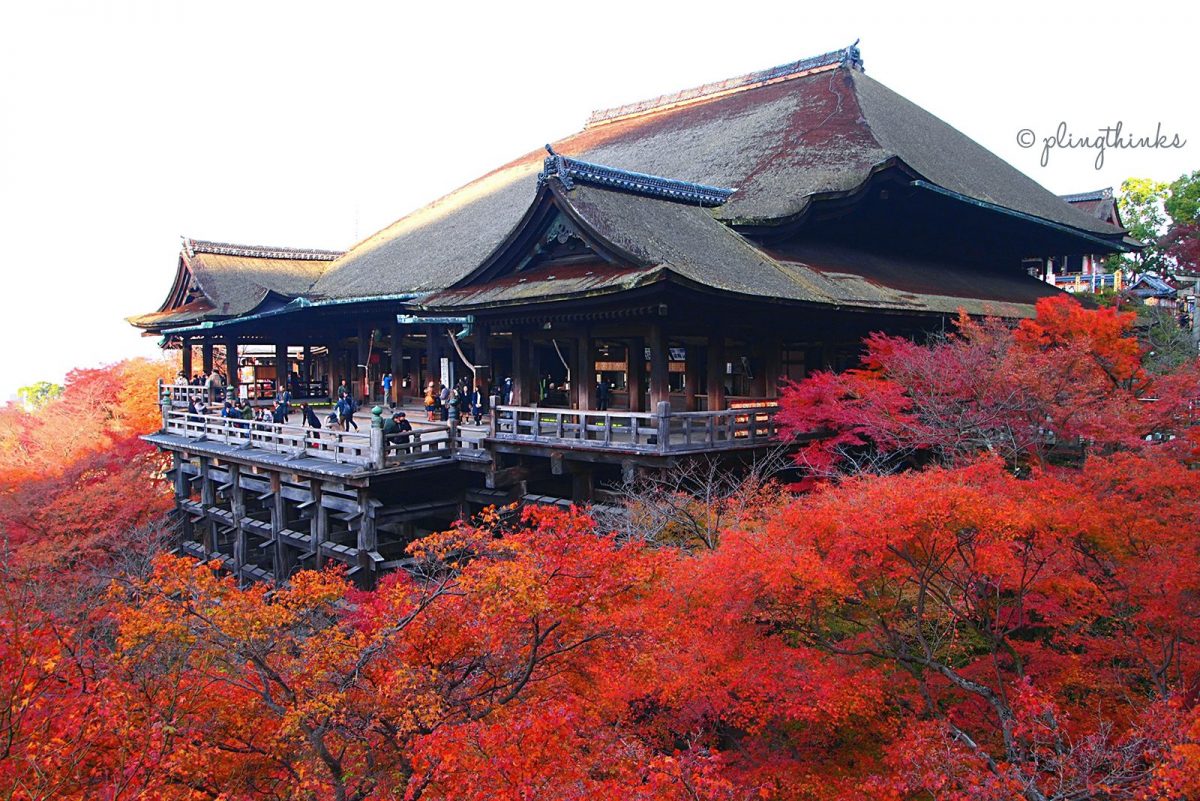

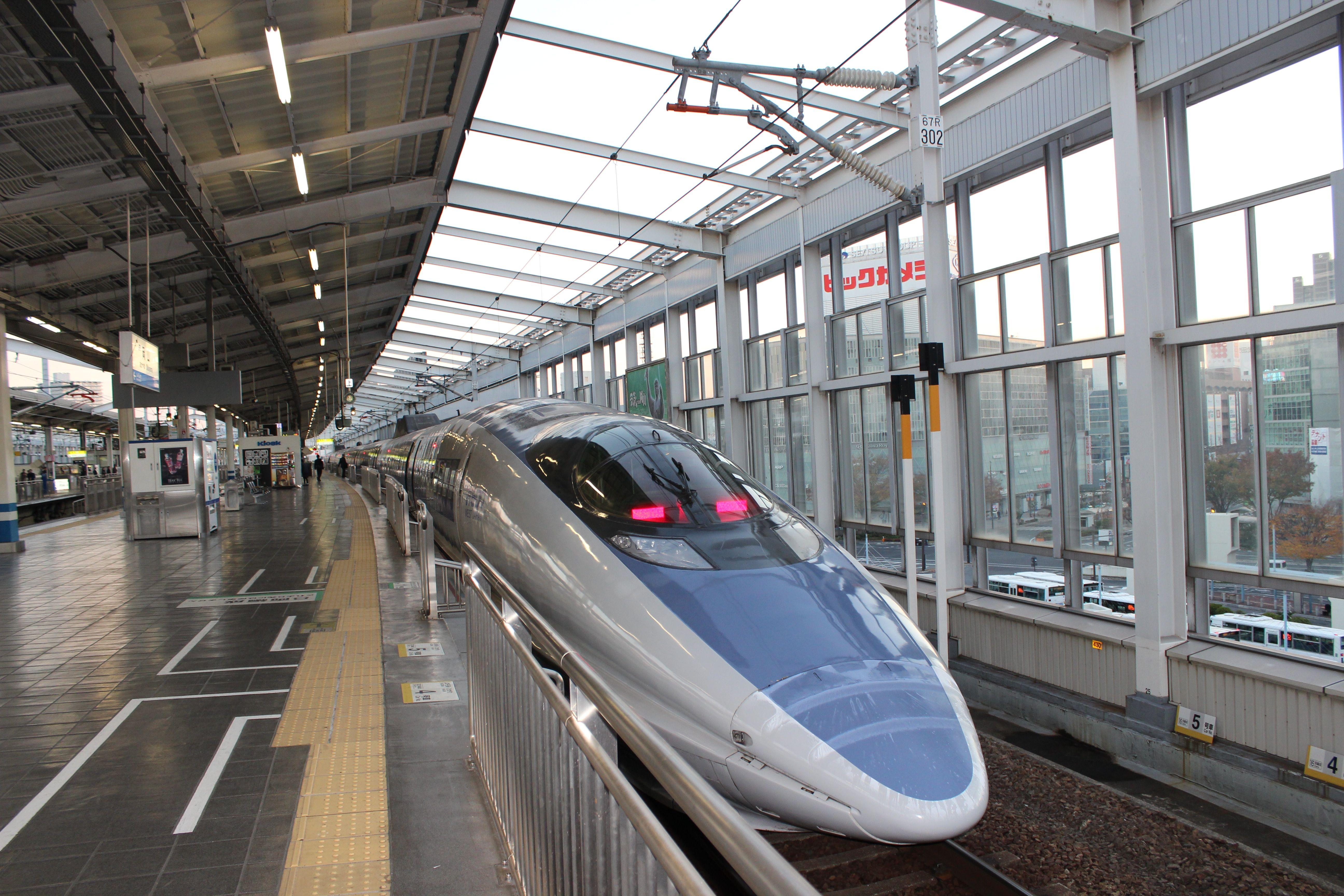
![[Japanese train window] JR Special Rapid Service bound for Himeji (4K ...](https://www.japanfortwo.travel/wp-content/uploads/2024/05/maxresdefault.jpg)
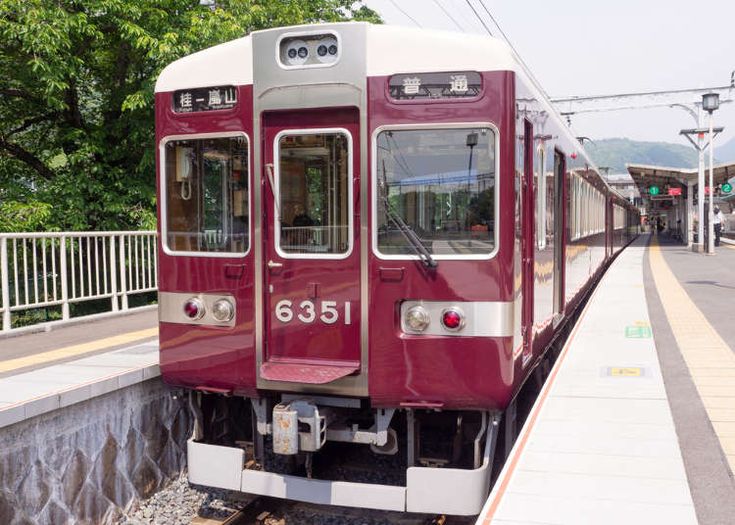

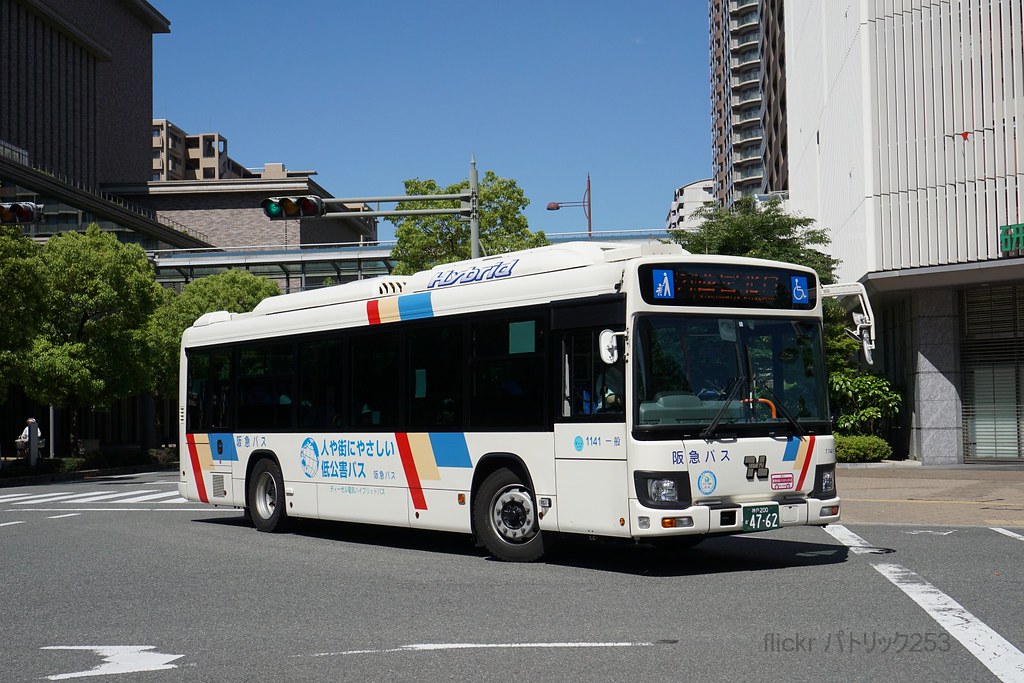
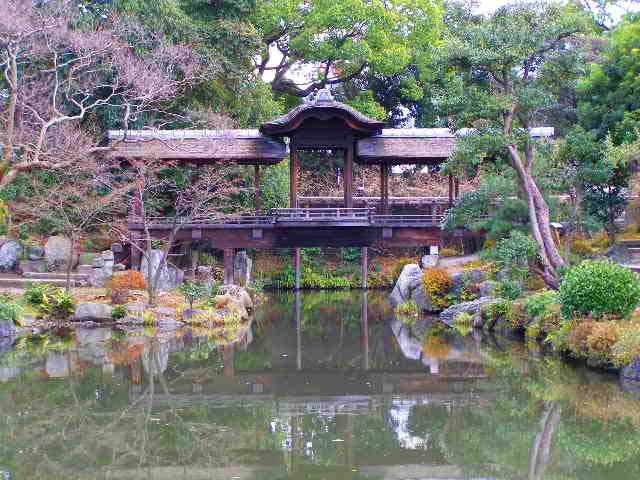
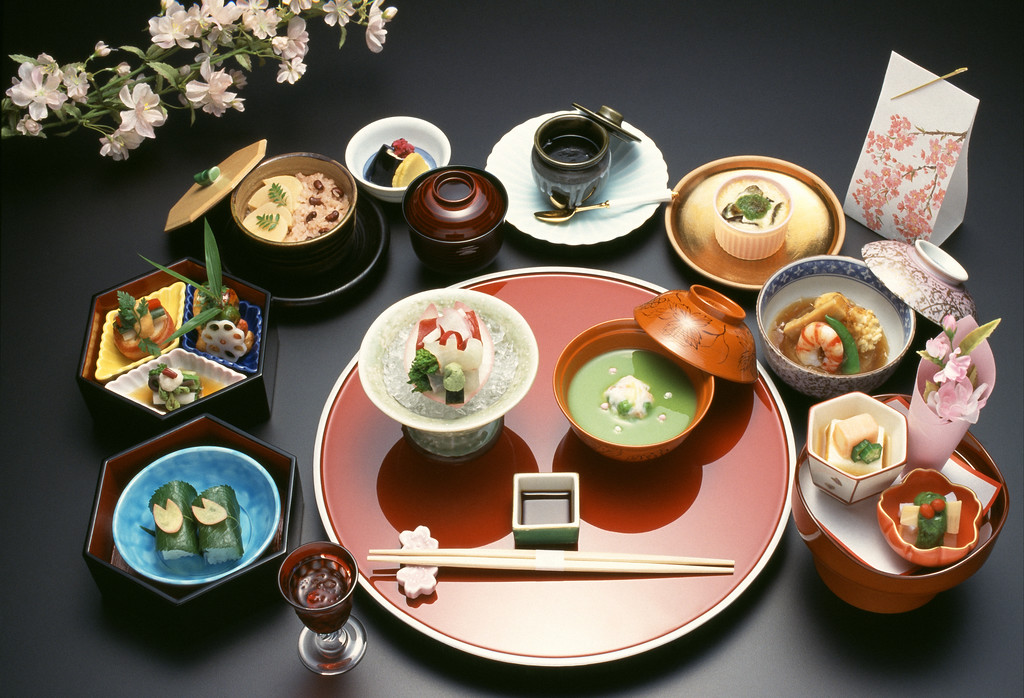
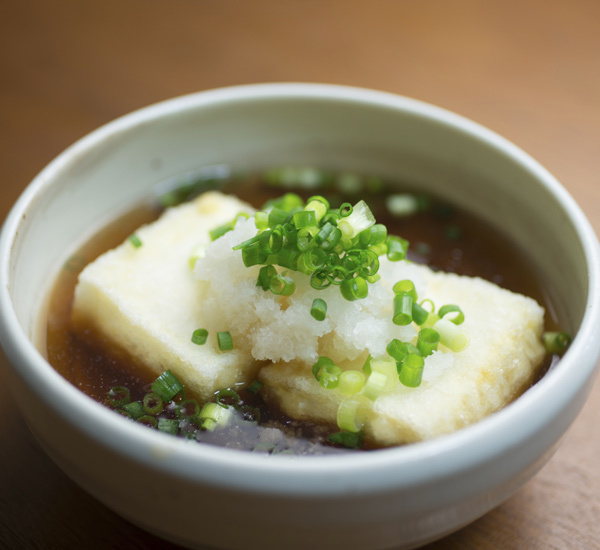
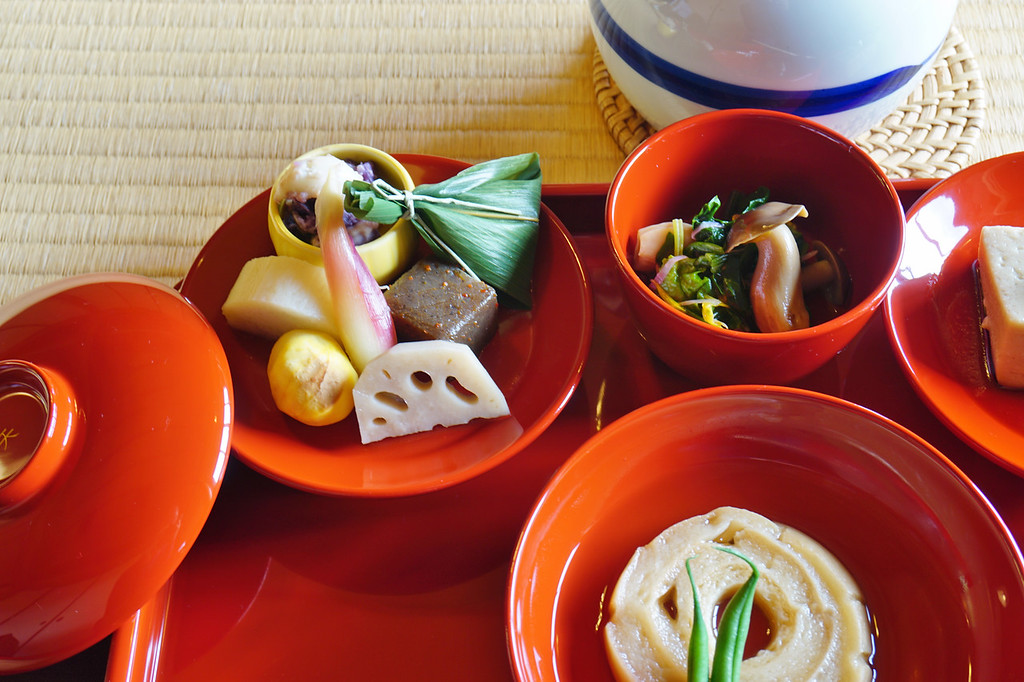
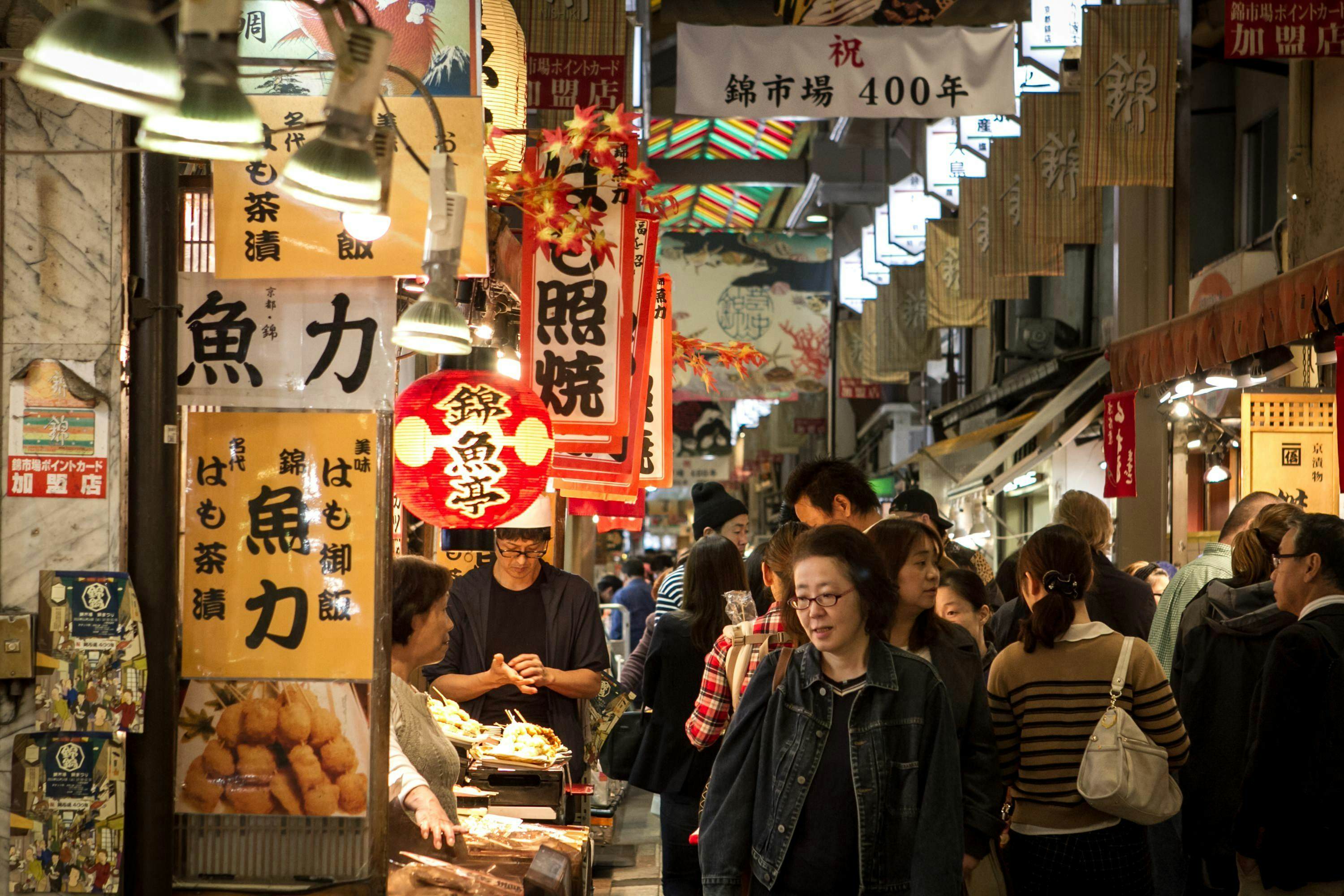
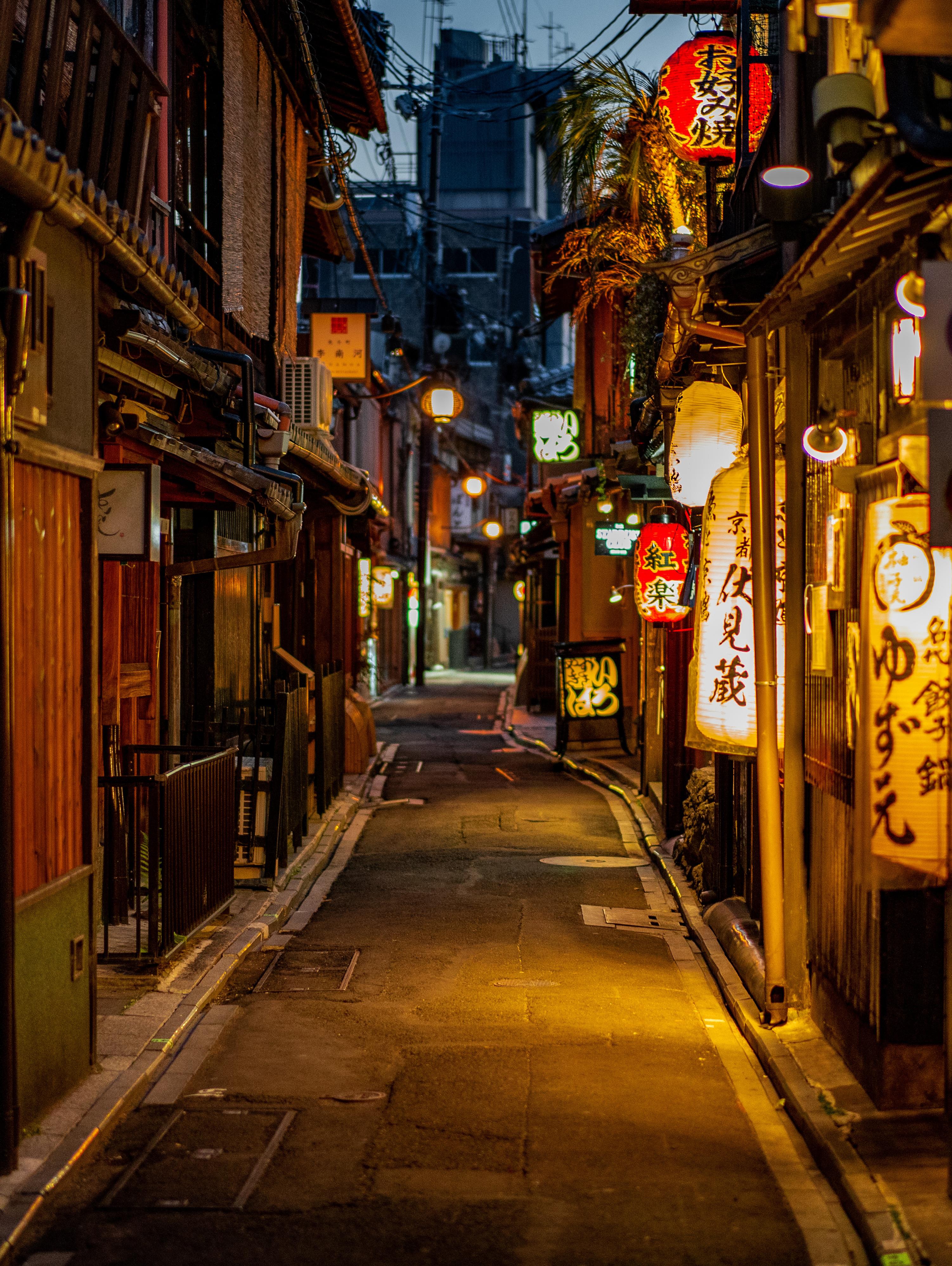
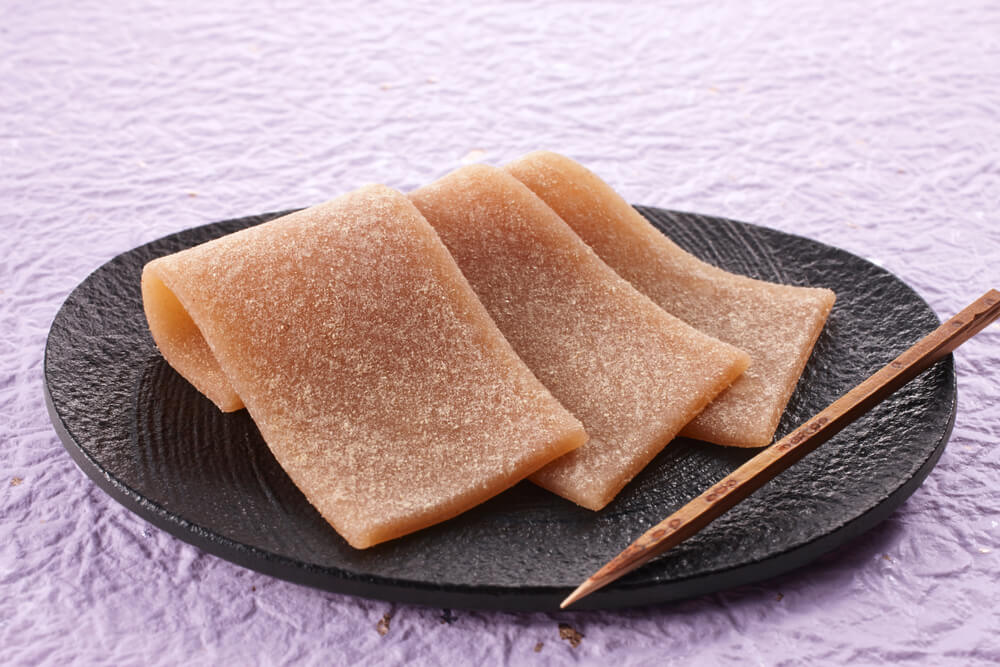
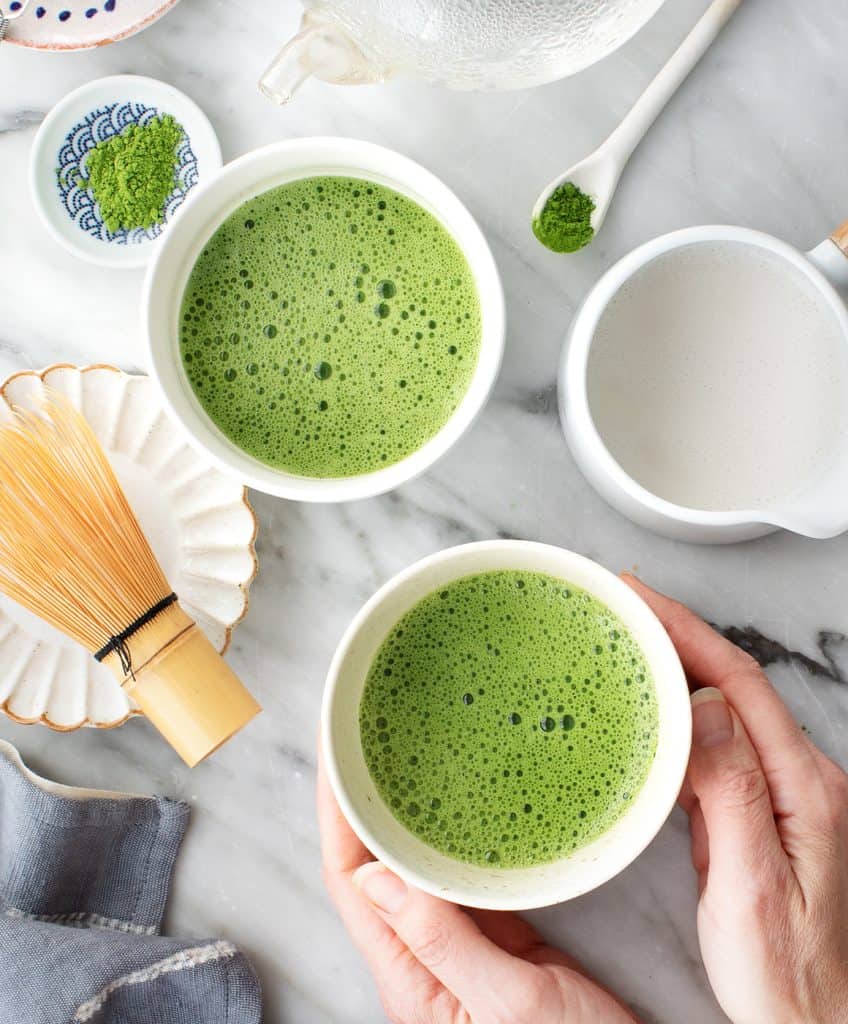
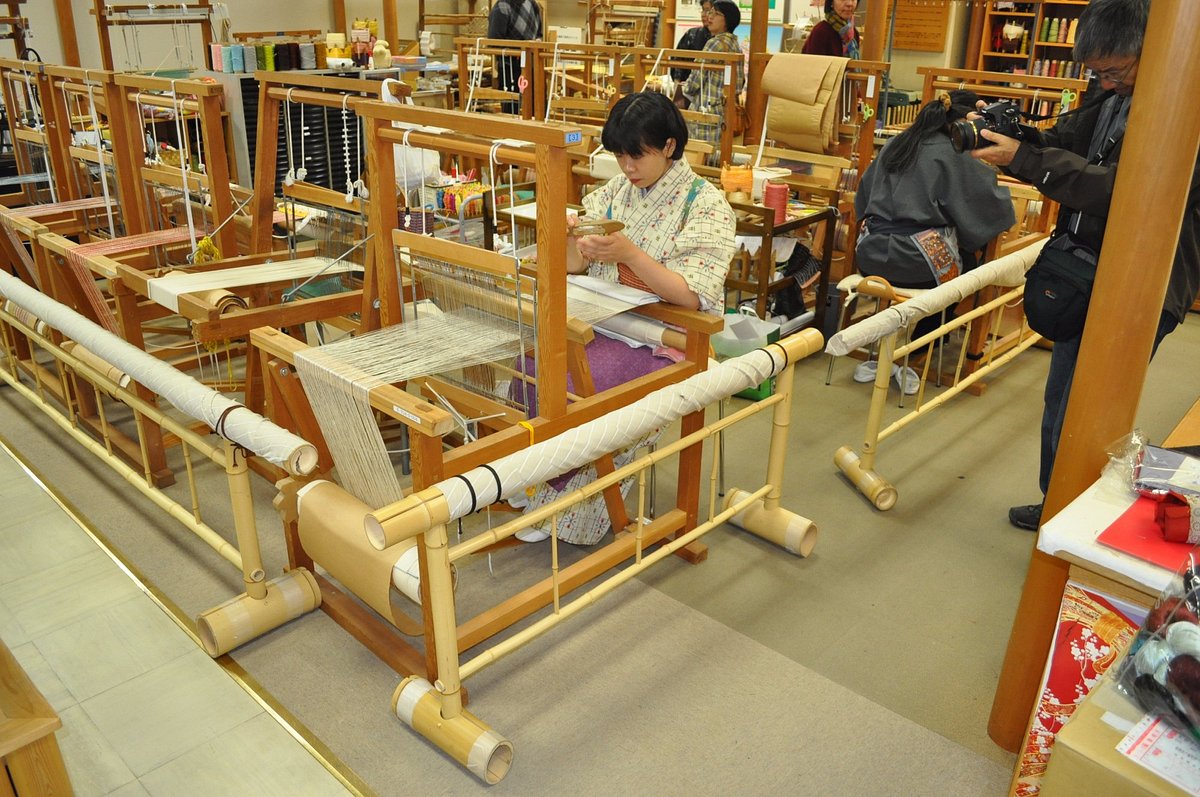
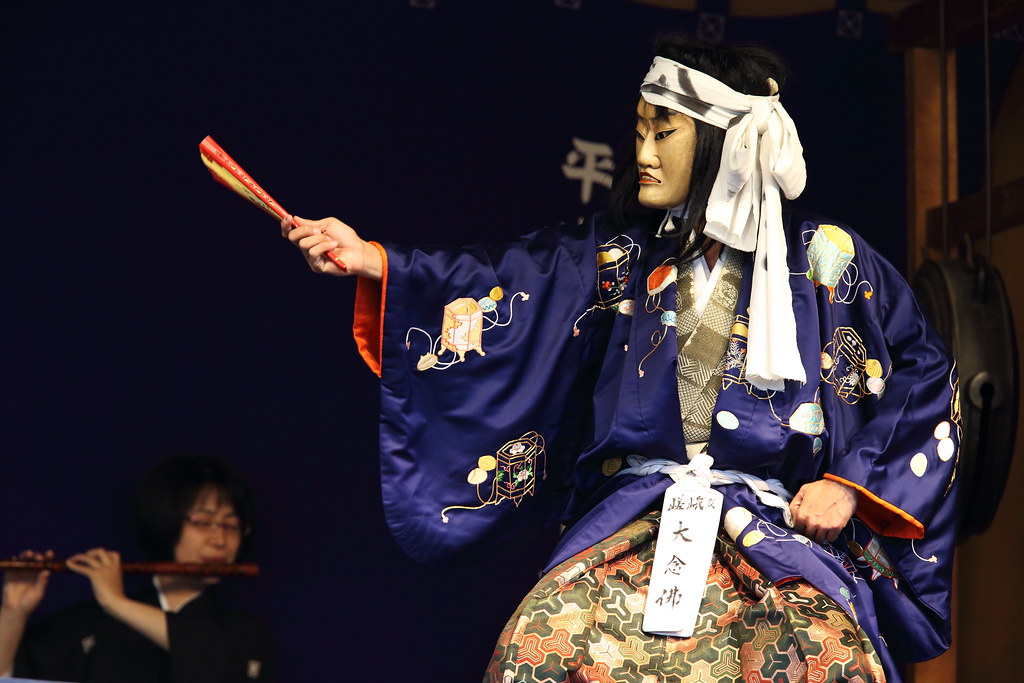
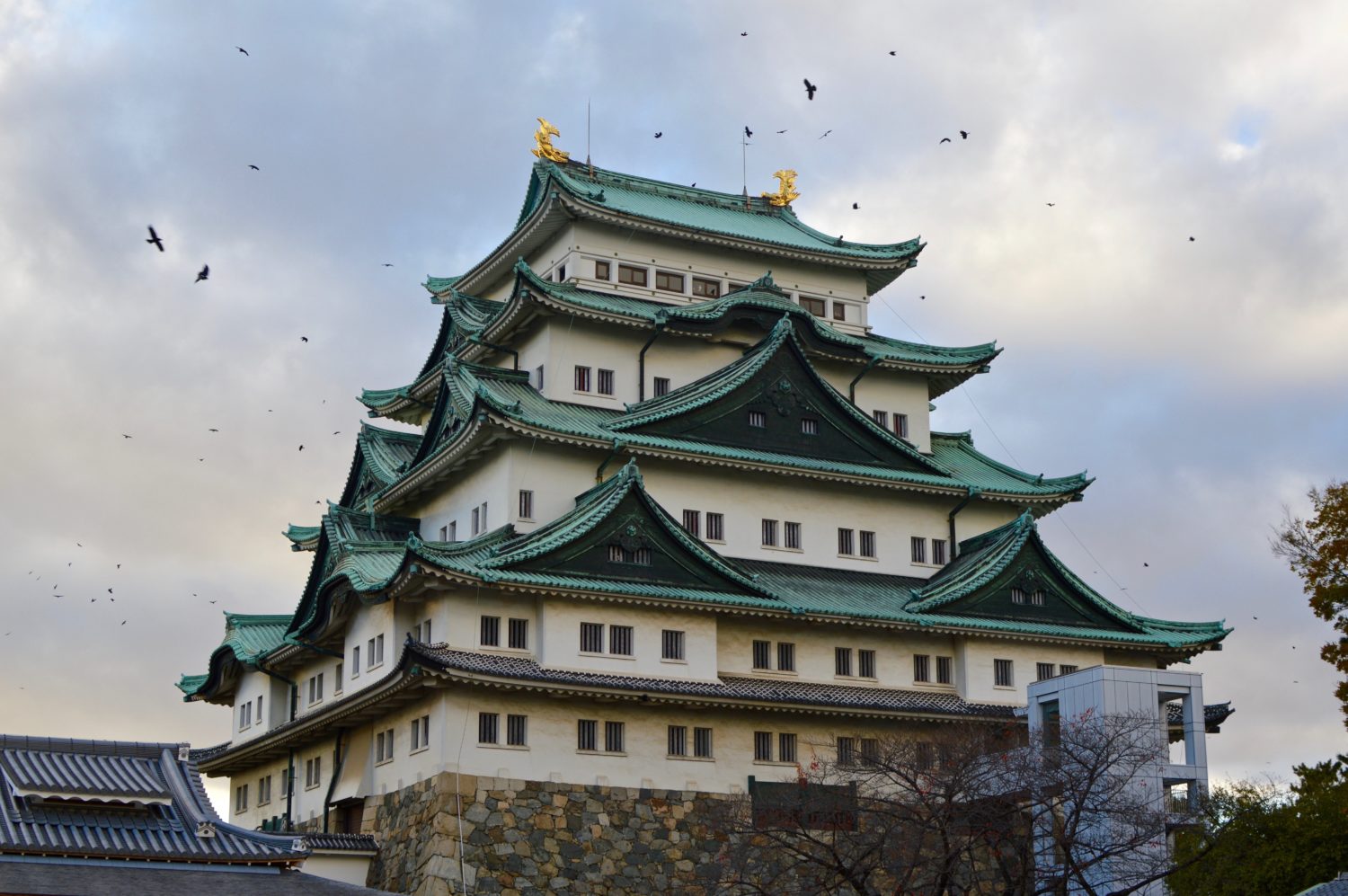
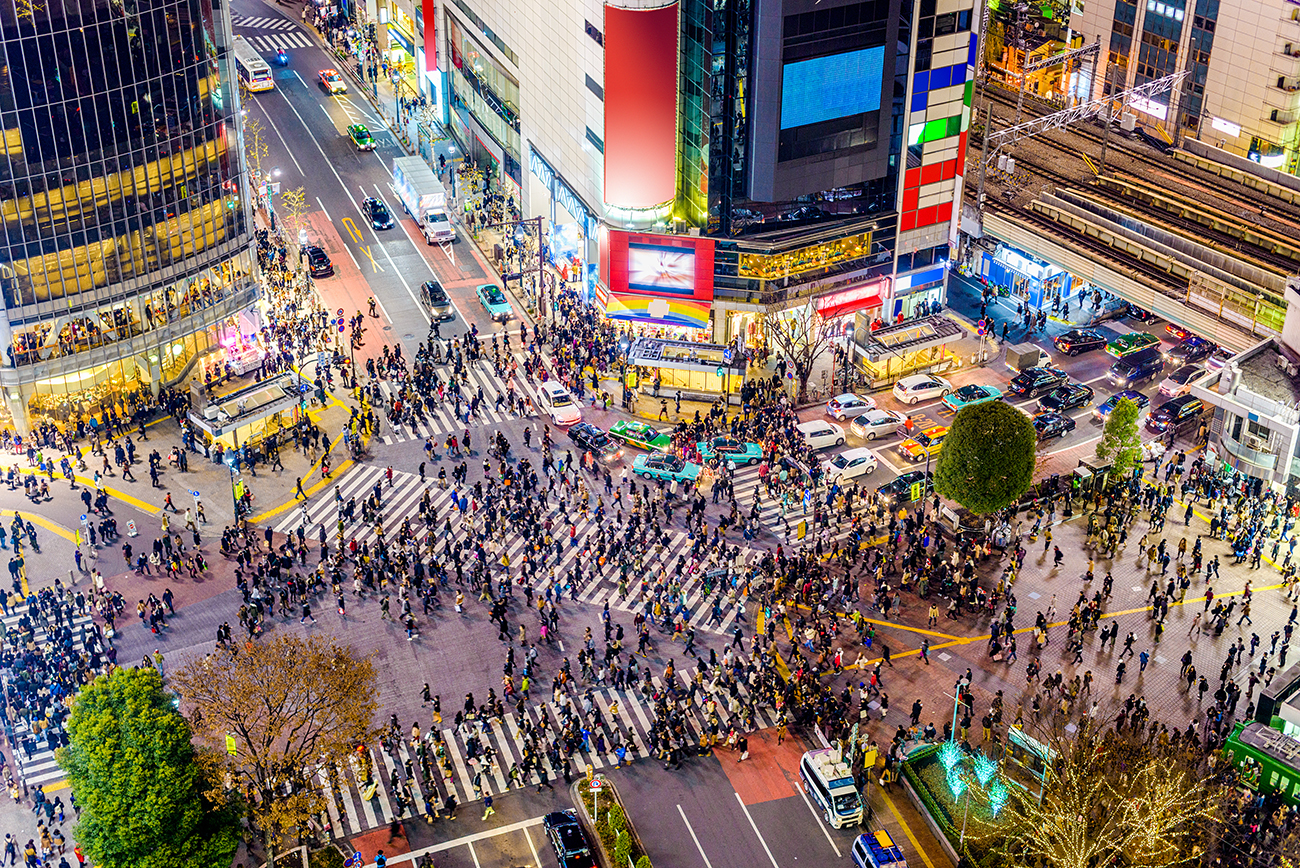
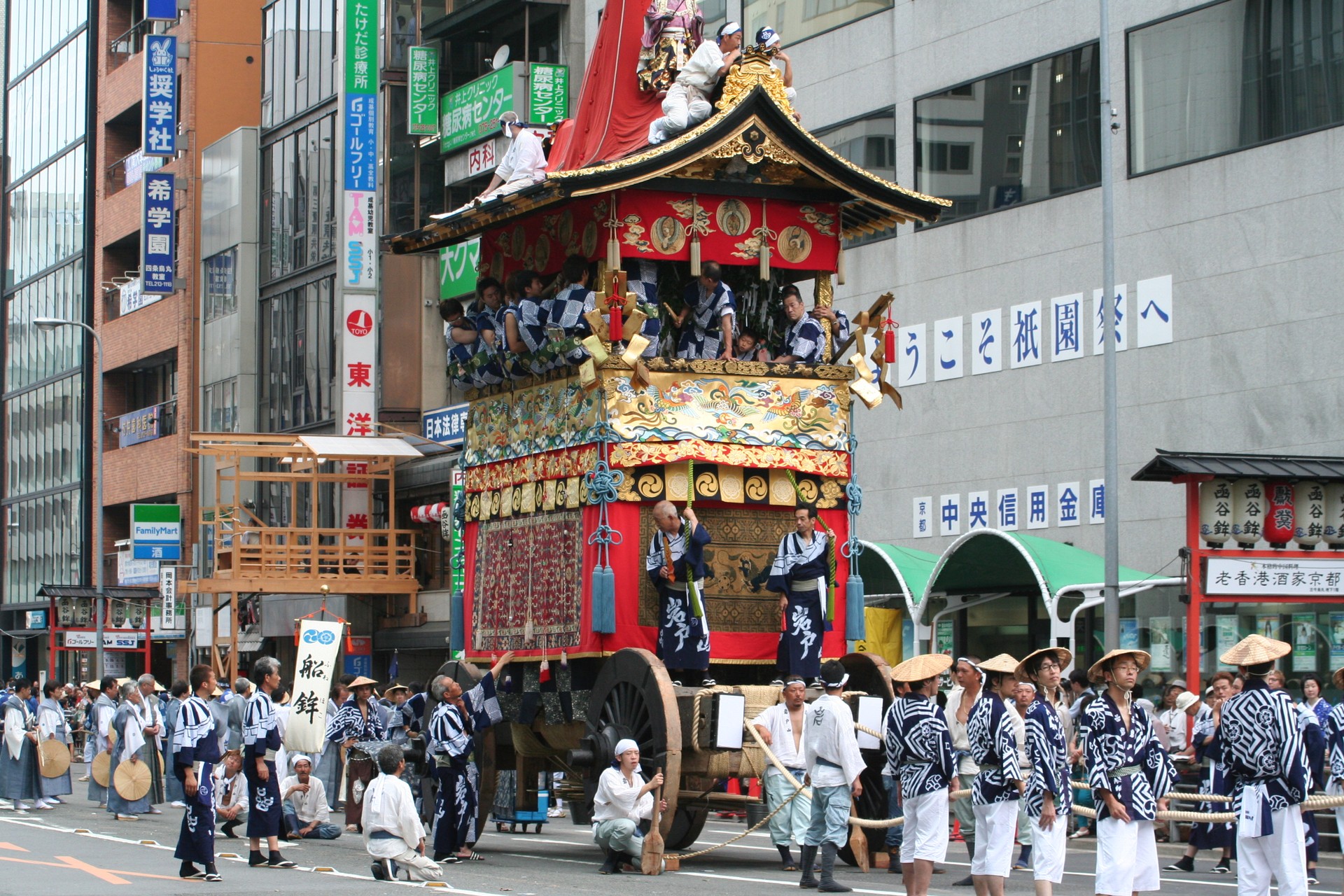
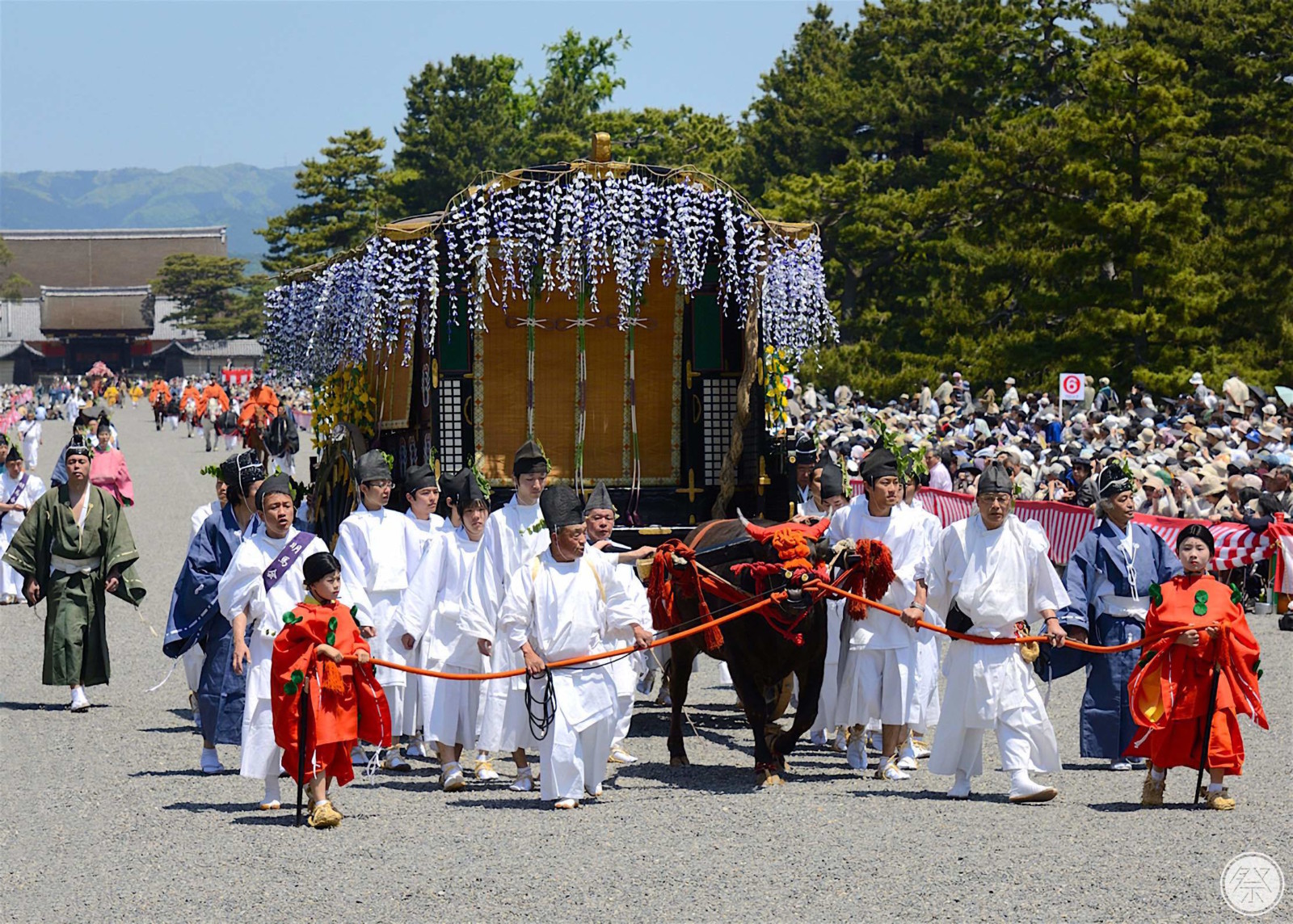
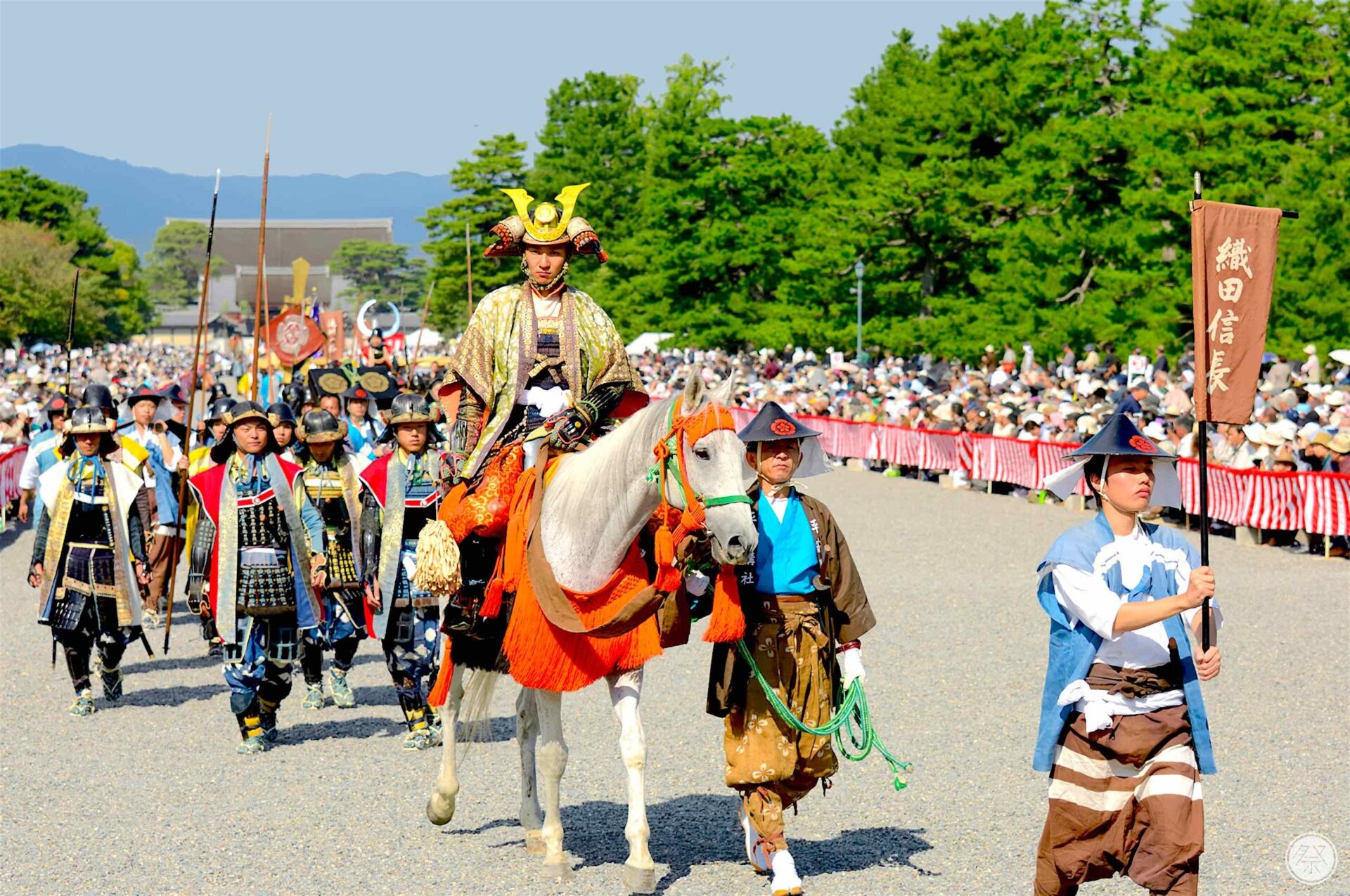
![20140504_101 Flea Market in Toji-Temple [ Kyoto, JP ] | 京都… | Flickr](https://www.japanfortwo.travel/wp-content/uploads/2024/05/13926067810_3c19e22201_b.jpg)